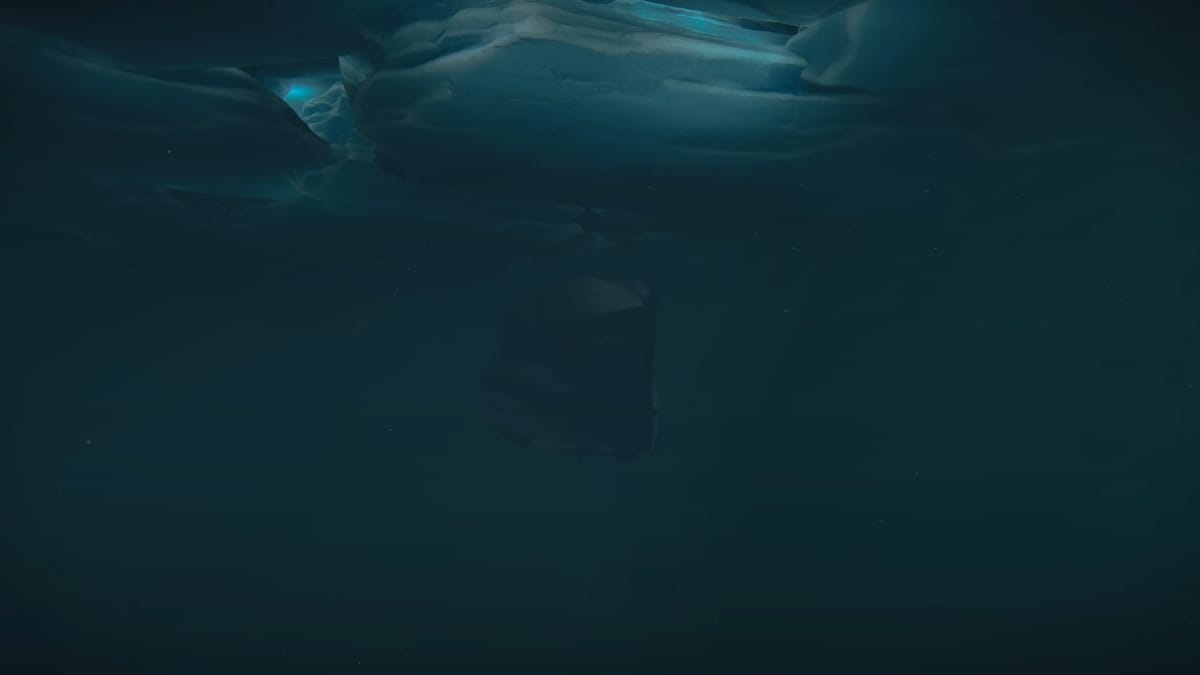Video - What Happened To The Nautilus?
Explore the gripping story of the Nautilus, the submarine that embarked on a daring 1931 expedition to the North Pole, overcoming the Arctic's formidable challenges.

The quest to conquer the North Pole has captivated explorers for centuries. Initially driven by the lure of the elusive Northwest Passage—a navigable route through the Arctic to Asia—the focus gradually shifted to reaching the Pole itself. This remote and harsh environment, nestled in the midst of the ever-changing sea ice of the Arctic Ocean, presented a formidable challenge. Traditional modes of exploration like ships, dogsleds, and foot travel repeatedly met with failure until the advent of air travel, which saw the first recognized flyover in 1926. However, it wasn't until the late 1920s that a radically innovative idea took shape in the mind of Sir Hubert Wilkins: to reach the North Pole by submarine.
The Birth of the Nautilus
Wilkins's vision led to the transformation of a World War I-era submarine into the Nautilus. Under the guidance of Simon Lake, a celebrated naval architect, the Nautilus was outfitted with state-of-the-art modifications to endure the harsh polar conditions. These included a reinforced bow equipped with shock absorbers and sledge runners to navigate and withstand the formidable sea ice. Additionally, a diving compartment and an airlock were installed, enabling divers to conduct underwater explorations while the submarine remained submerged.
The most critical upgrades were the three ice drills installed on the Nautilus. These devices were not merely for navigating through the ice but were crucial for replenishing the submarine’s batteries and air supply, and even permitted the crew to exit the submarine beneath the ice cap.
The 1931 Expedition: A Journey into the Unknown
On a chilly day in June 1931, the Nautilus and her crew of 20 set sail with high hopes and spirits, unaware of the daunting challenges ahead. The journey began with enthusiasm but quickly turned into a grueling test of endurance and fortitude.
The Nautilus's journey provides a fascinating glimpse into the era of early polar exploration and highlights the relentless human spirit to explore and understand the most remote corners of our planet. The use of a submarine, an unconventional choice, underlines the lengths to which explorers have gone to achieve their goals, pushing the boundaries of technology and human endurance.
This submarine expedition was not just a journey across the Arctic but also a significant venture into the possibilities of underwater travel, marking a pivotal moment in the history of exploration. Through storms, ice, and uncertainty, the Nautilus carved its name into the annals of exploration history, a testament to the courage and ingenuity of those who dare to venture where few have dared before.





